How to Get Motivated to Workout
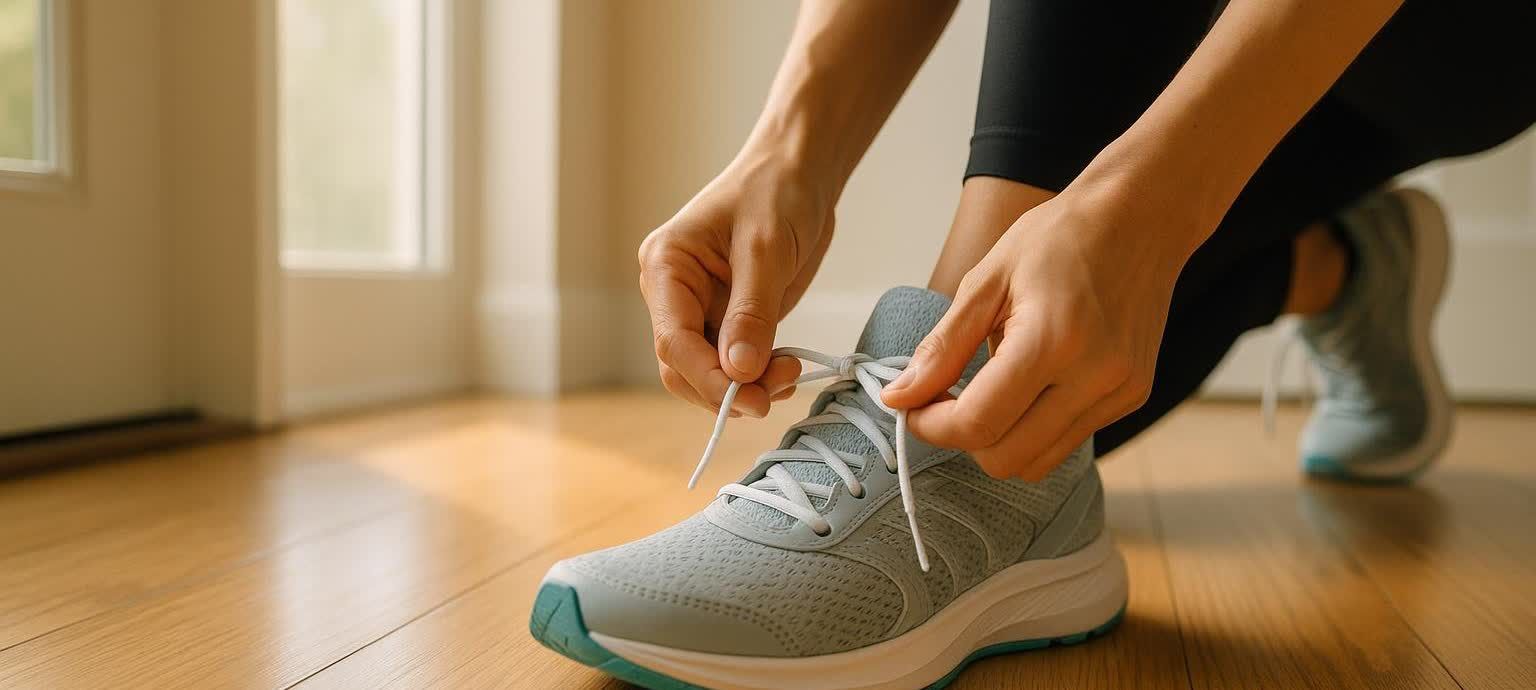
How to Get Motivated to Workout (Practical Guide)
If you’re wondering how to get motivated to workout, here’s the short version: start tiny, make it obvious, and make it fun. You’re not alone if the spark to exercise comes and goes—motivation isn’t a personality trait; it’s a system you can build. Try this today: set a 10‑minute “minimum,” lay out your shoes where you’ll see them, and pair your workout with a favorite podcast. That combo removes friction and adds an instant reward—two big drivers of exercise motivation. This guide blends simple psychology with real‑world tips so you can start today and keep going next week.
In this guide, you’ll find:
- A 60‑second self‑assessment to spot your biggest blocker
- 15+ exercise motivation tips mapped to your result
- Quick plans for busy adults, mood management, and teens
- A simple 30‑day planner you can set up in minutes
Quick quiz: what’s your biggest workout motivation blocker?
See which letter you chose most often, then jump to the corresponding action plan below.
- When do you most often skip workouts?
- A) When my day runs long or I’m tired
- B) When I don’t know exactly what to do
- C) When I feel down, anxious, or isolated
- What sounds most doable right now?
- A) 10 minutes I can actually finish
- B) A clear plan with checkboxes
- C) Low‑pressure movement that lifts my mood
- Which statement feels truest?
- A) Time and energy are my bottlenecks
- B) I need structure and a routine
- C) My mood and stress derail me
- Mostly A: Quick Wins + Environment Design
- Mostly B: Planning Systems + Identity Cues
- Mostly C: Mood‑First Movement + Social Support
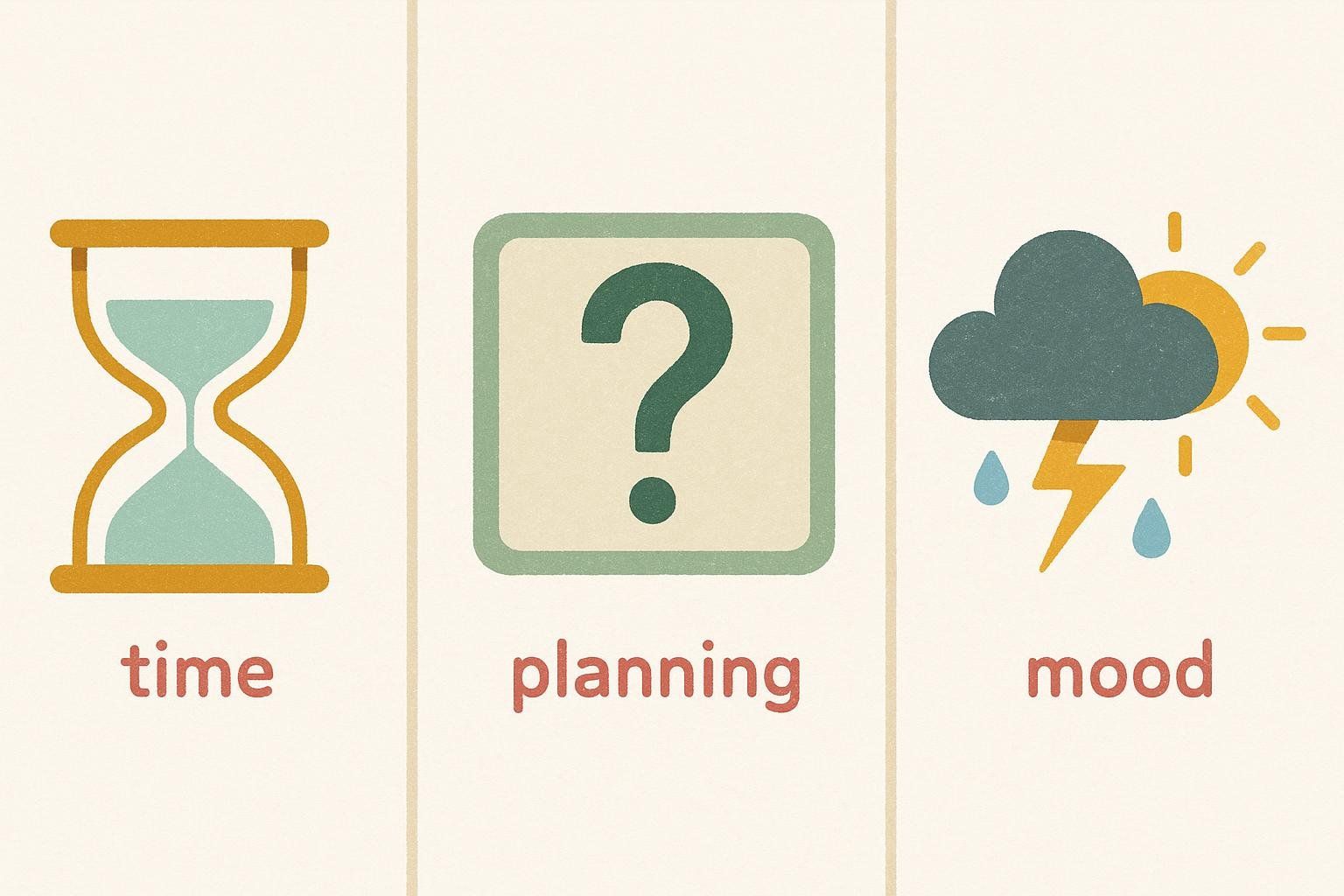
Motivation 101: build it—don’t wait for it
Think of motivation like a campfire: you don’t wait for flames; you set up the kindling. This aligns with a core concept in psychology: According to Self‑Determination Theory, we’re more motivated when three needs are met—autonomy (choice), competence (feeling capable), and relatedness (connection). That’s why we stick with exercise we choose, feel successful at, and can share—summarized in this overview of self‑determination theory and physical activity.

Also, knowing the “official targets” can help you plan without guessing. Adults: aim for 150–300 minutes/week of moderate activity or 75–150 minutes/week vigorous, plus 2+ days of strength (CDC adult guidelines). Teens: 60+ minutes daily with some vigorous and muscle/bone‑strengthening days (CDC youth guidelines). Any duration counts—yes, even short bursts.
Action plans based on your quiz results
Track A: when you're short on time and energy
Do less, more often—then stack it.
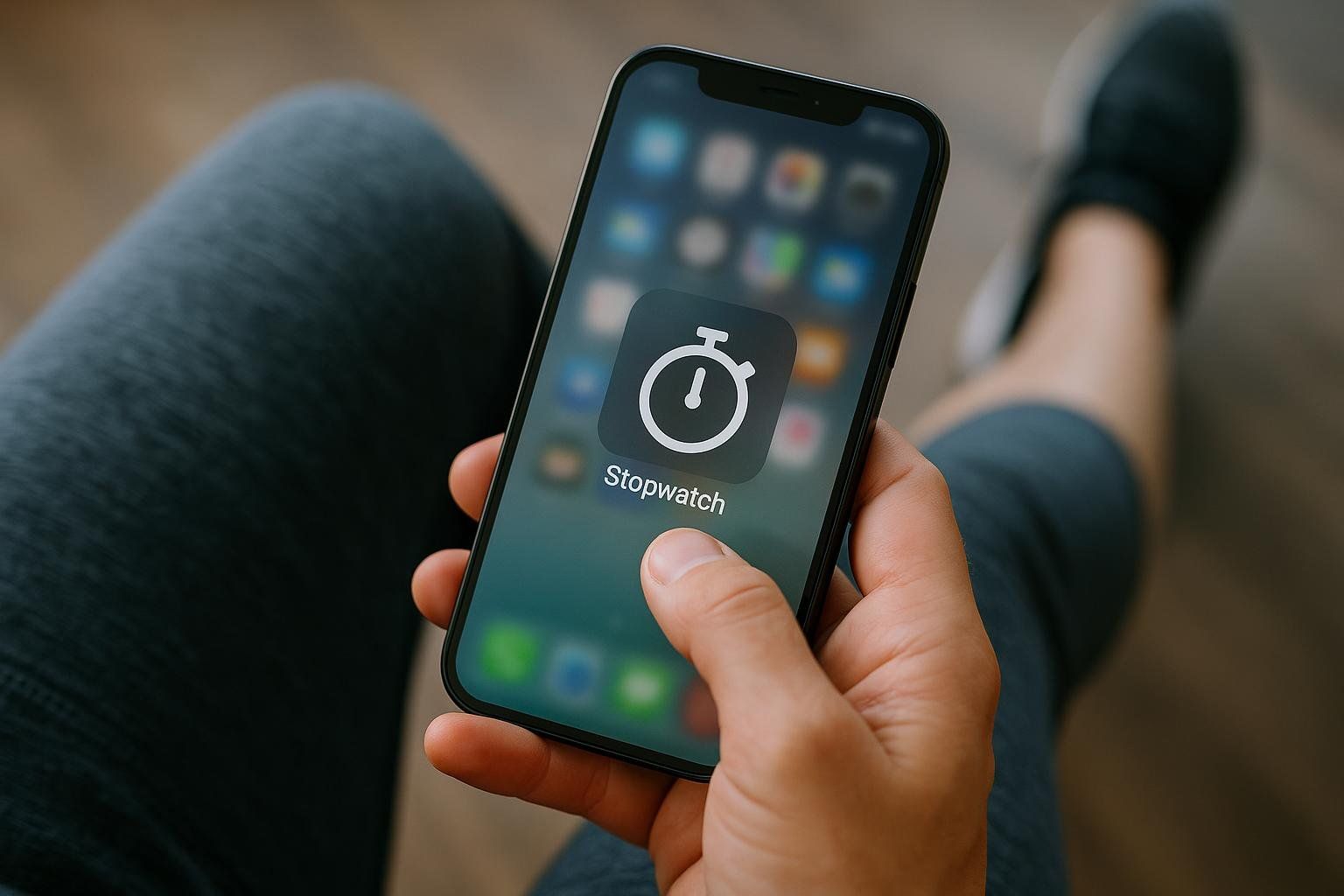
- Use the 10‑minute rule. Tell yourself you’ll do 10 minutes, then you can stop. Short bouts still add up and help you hit guideline minutes over a week, according to a Physical Activity Guidelines summary. Many people keep going once they start.
- If‑then plans. “If it’s 7:30 p.m., then I start a 10‑minute walk.” These “implementation intentions” improve follow‑through, as noted by the National Cancer Institute, and a pilot trial in time‑pressed adults increased daily steps and moderate‑to‑vigorous activity using this approach.
- Temptation bundling. Pair workouts with media you love (podcast, audiobook) and only allow it while you move. A field experiment on temptation bundling found gym visits rose ~29–51% when audiobooks were restricted to gym time.
- Design for zero friction. Lay out shoes/clothes, keep a kettlebell or yoga mat visible, and save a 10‑minute “micro‑circuit” on your phone.
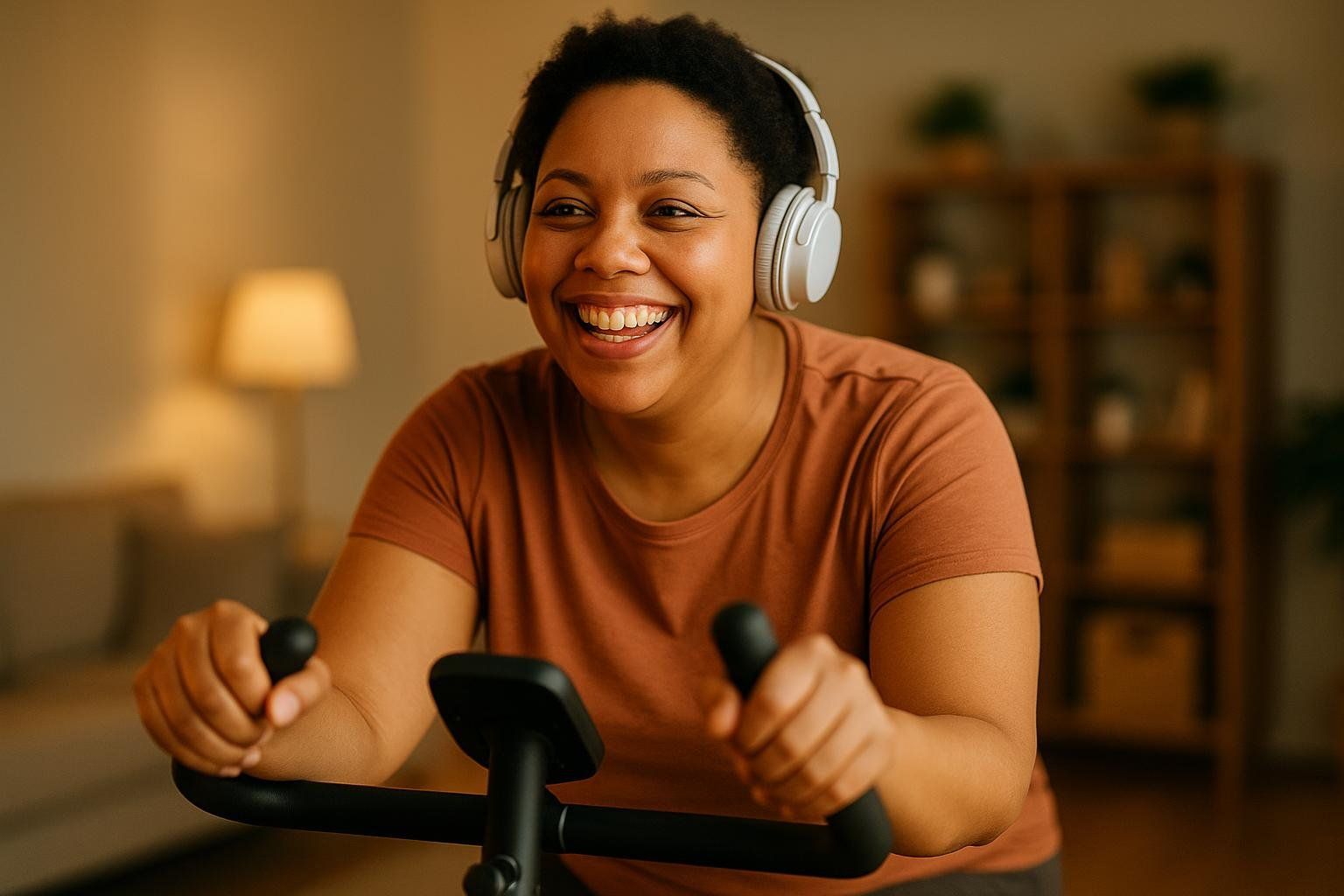
Starter plan (20 minutes, 3x/week):
- 10‑minute brisk walk (or bike)
- 10‑minute strength mini‑circuit: chair squats, wall push‑ups, glute bridges
Pro tip: Use temptation bundling by pairing this workout with a favorite podcast.
Want a ready‑made template? Try our Beginner Home Workout 4‑Week Plan.
Track B: when you need a clear plan and routine
Structure builds competence; competence fuels motivation.
- Make a specific weekly plan. Schedule workouts like meetings—name the where/when/how (implementation intentions boost adherence; see sources above).
- Make it measurable. Use the talk test or RPE to set intensity without gadgets (moderate = talk but not sing; vigorous = only a few words), as outlined in a guidelines summary on intensity. Learn more with our RPE Guide + Calculator.
- Identity cues. Rename the habit: “I’m a lunchtime lifter” or “I’m the person who walks after dinner.” Place visual cues (shoes by desk, calendar streaks).
- Track what matters. Tracking strength gains and body composition changes provides a more complete picture of progress than the scale alone. DEXA shows fat, lean, and visceral fat trends that a scale can’t—use objective data to reinforce your identity as someone making measurable progress. Start with Body Composition vs. Weight and learn more in our complete guide to DEXA scans.
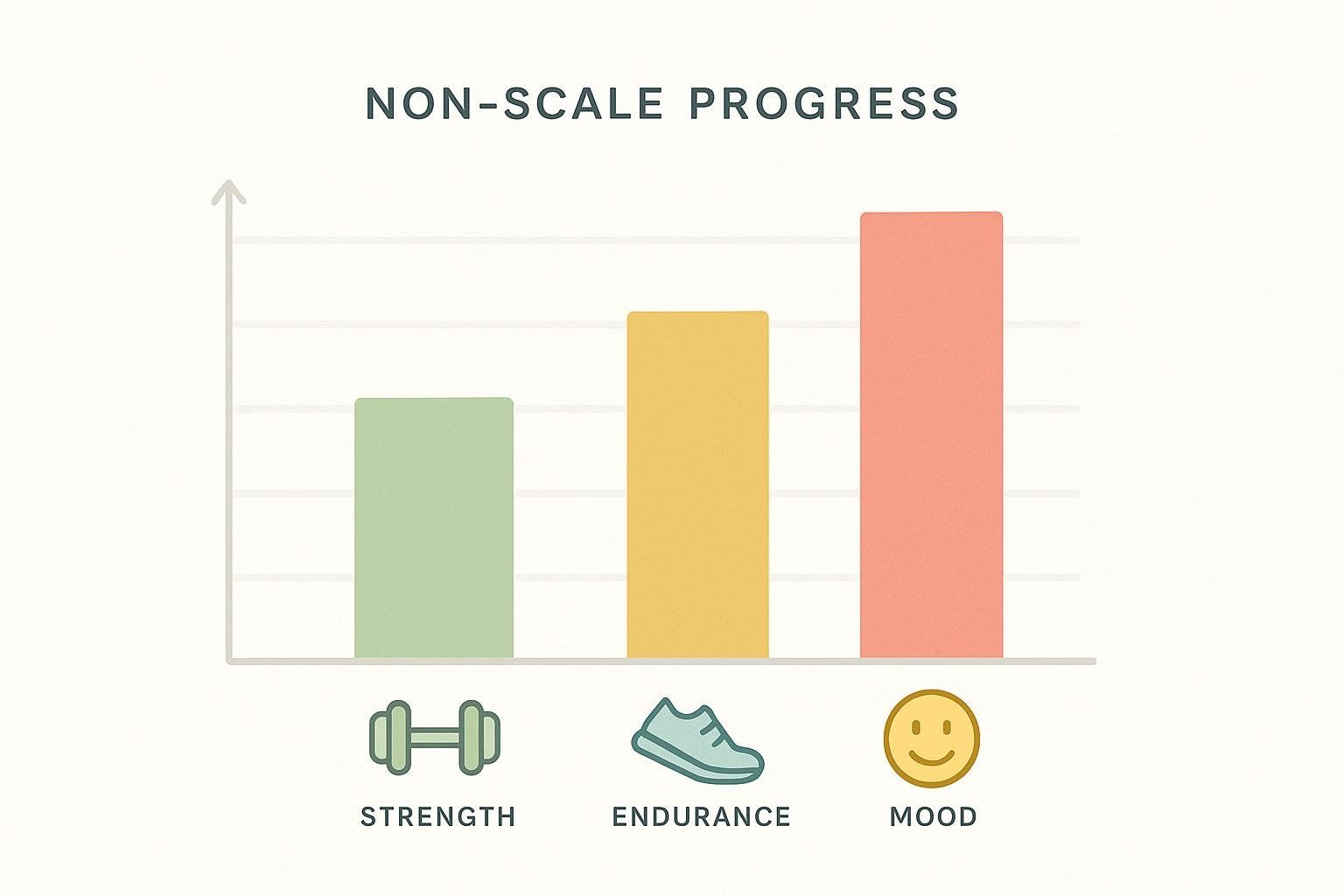
Starter plan (30–40 minutes, 3–4x/week):
- Two full‑body strength sessions
- One interval cardio day (by RPE)
- Optional long easy cardio day (conversational pace)
Build your week with our Beginner Home Workout 4‑Week Plan and layer in intervals by following the principles in our RPE guide.
Track C: when mood and stress get in the way
Move to feel better now; consistency follows.

- Choose mood‑lifting modalities. Evidence shows that walking/jogging, yoga, and strength training reduce depressive symptoms, with effects increasing as intensity rises. Start gently and progress.
- Make it social. Classes, a friend, or an online group can help. A study on group exercise, social support, and identity linked group membership with stronger exercise identity and higher activity—especially in women.
- Set “lowest‑bar” days. 10 minutes outside, mobility, or stretching still count. Keep the streak; upgrade when you can.
- Compassionate self‑talk. “Some > none.” Hard days happen; your plan should flex, not break.

Starter plan (aim for 3–5 sessions/week):
- 20‑minute walk with a podcast
- 20‑minute yoga video
- Beginner strength day (bodyweight)
- Weekend dance class with a friend
- 15‑minute mobility flow on tough days
Bonus: teen‑friendly motivation tips
- Keep it fun and varied. Mix sports, skateboarding, dance, or pickup games.
- Go with friends. Social time = movement time. Aim for 60+ minutes daily with some vigorous days and muscle/bone‑strengthening activities (CDC youth guidelines).
- Make it low‑pressure. Short sessions after school add up; save weekends for longer activities.
Make motivation automatic: habit stacking that actually works
A landmark prospective habit formation study found it took a median of about 66 days (range: 18–254) for a new behavior to feel more automatic—so give yourself time. Missing a day doesn’t erase progress; getting back to your cues matters most.
Try this stack:
- After I brush my teeth, I fill my water bottle.
- After I fill my water bottle, I put on my workout shoes.
- After I put on my workout shoes, I do 5 minutes of mobility.
- After mobility, I start a 10‑minute walk.
Each action cues the next, creating a chain you can run even on low‑motivation days. For more habit tactics, see Breaking Bad Habits: Fitness Edition and The Power of Consistency.
DIY 30‑day motivation planner: key components
Make a simple, printable tracker in a notes app or notebook.
Include:
- Weekly plan pages with if‑then slots (time, place, plan)
- Daily checkboxes for “10‑minute minimum” and a 1–10 mood rating
- Reward menu for streaks (new playlist, class pass)
- Space to log intensity with RPE or the talk test and a one‑line reflection
Pro tip: Keep it where you�’ll see it—on your desk or fridge.
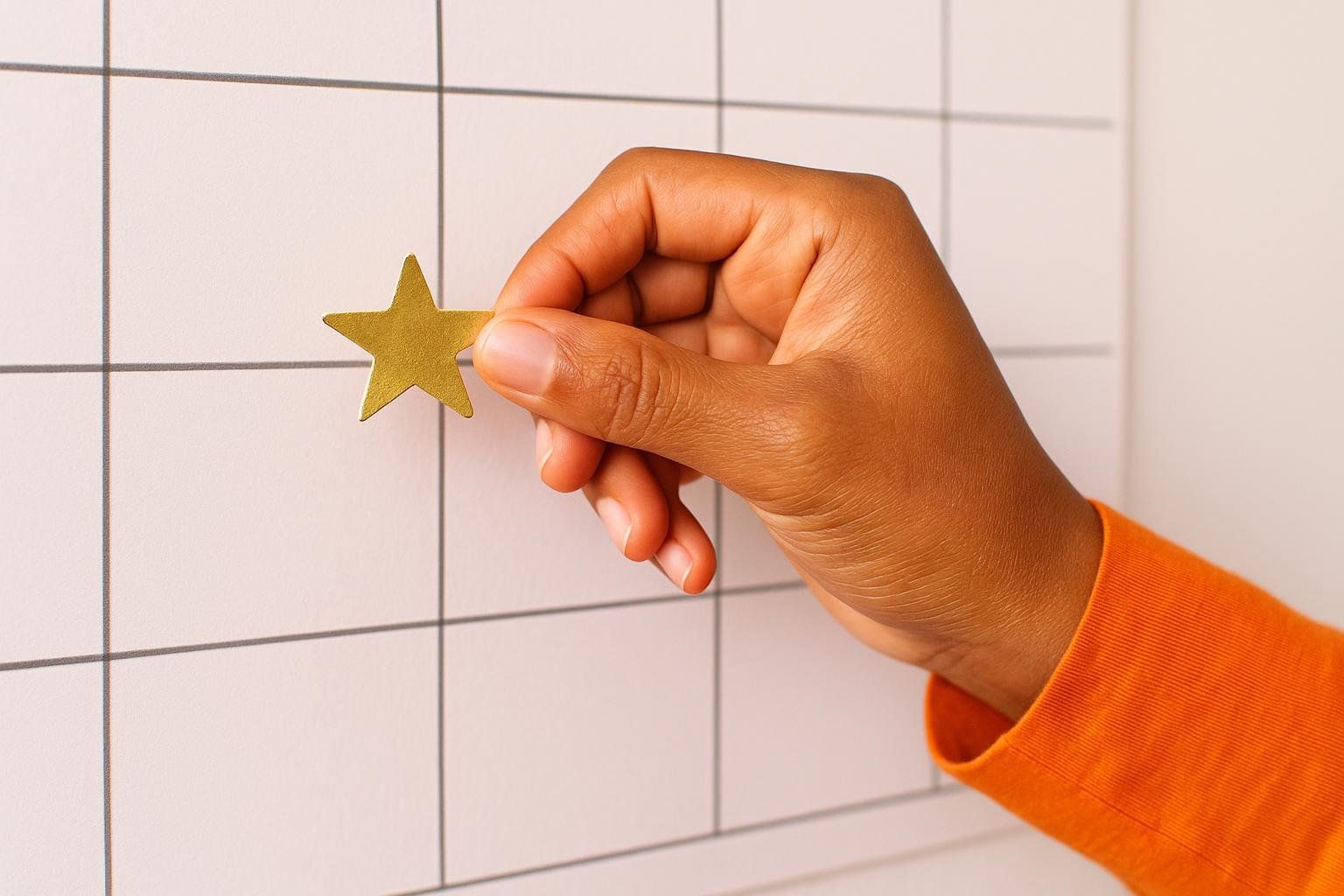
Track progress you can feel—and measure
- Subjective: energy 1–10, mood 1–10, and sleep quality—jot daily.
- Objective: reps/loads, distance/pace, weekly minutes. Every 8–12 weeks, consider a DEXA body composition scan to see changes in fat, lean mass, and visceral fat that the scale misses.
FAQs: quick answers to common motivation blockers
- What’s the best exercise for motivation? The one you’ll do next week. Start with what feels easiest today, then build.
- I fall off after travel or holidays. Now what? Try a 3‑day reboot: Day 1, 10‑minute walk; Day 2, 10‑minute strength; Day 3, 20–30 minutes of your favorite cardio. Re‑anchor your cues and resume your normal schedule.
- Do I need 30+ minutes for it to “count”? No. Any movement adds up toward your weekly total; use the talk test to guide intensity.
- Is group exercise really better? It often is. As noted earlier, research shows group settings can build a stronger exercise identity and improve consistency. If you enjoy the social dynamic, it’s a powerful motivator.
The bottom line
Don’t wait to feel motivated—engineer it. Start small, plan specifically, bundle joy with effort, and recruit people and environments that make the next rep easier. Then use simple data—how you feel today and periodic body‑composition snapshots—to prove to yourself it’s working.
Want a deeper dive into the mindset side? Read The Psychology of Motivation in Fitness next.


